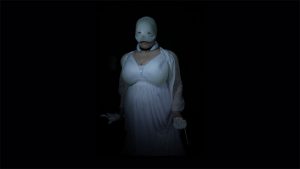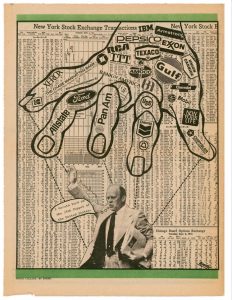Soomi Park is studying for a master degree of Digital Media Design at IDAS (International Design school of Advanced Studies), Hong-Ik University, Seoul.
Born from a curiosity about new types of emotional design, his Digital Veil project engages with the increasing fascination and banalization of plastic surgery not only in Korea but also in many countries around the world.
Digital Veil looks like a simple LCD used as a veil for the face. Through some modification of the device, the viewers watch neither the face of the wearer nor the B&W animations on the LCD screen but a hybrid between the two.
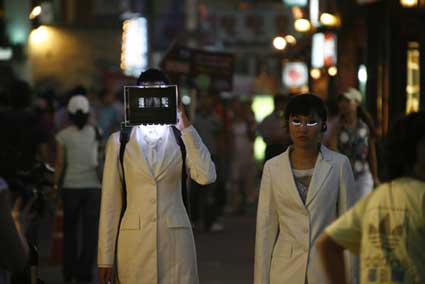 Digital Veil is a very intriguing piece. It was inspired by the quest for beauty. Have you tested it on women obsessed with their looks? How did they react to your project?
Digital Veil is a very intriguing piece. It was inspired by the quest for beauty. Have you tested it on women obsessed with their looks? How did they react to your project?
I prepared the exhibition “Run_Human” last July at the Triad New Media Gallery (Seoul, South Korea) with my supervisor David Hall and media designers Jinyoung Choi and Minsoo Kang. Digital Veil was a part of my project displayed at the exhibition. Before the exhibition in July, I staged a street performance with two models wearing the Digital Veil and LED Eyelashes, another media work of mine that portrayed fetishism. The performance attracted a good number of passers-by who responded to the grotesqueness of wearing the veil and eyelashes on the face. I think they were also intrigued by the way dynamic animation was printed on the face by wearing the LCD screen directly on the head. At the exhibition, I put the Veil on mannequins. But I was able to place the Veil on both on a model and mannequins during the opening, and I think having a person to wear the Veil communicate my design intention in a more effective way to viewers.
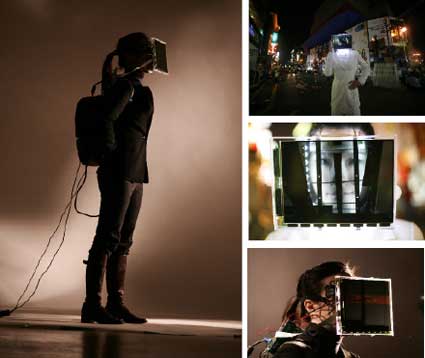
Another project item, the LED Eyelashes, is a set of artificial eyelashes attached with LED lights. I tried to project Korean’s obsession to big eyes, and how this fetishism is interpreted into excessive plastic surgery done on the eyes among Korean women. I really thought the obsession with big eyes can be represented through media design, because both yearning for bigger eyes and projecting the look through lights can be done by distorting the representation and creating new images. The LED Eyelashes have a mercury sensor that controls the light on the face. When wearing the LED eyelashes, you look embellished as if you were wearing a piece of fashion jewelry. It was really pretty and models who wore them and viewers who watched them wanted it!
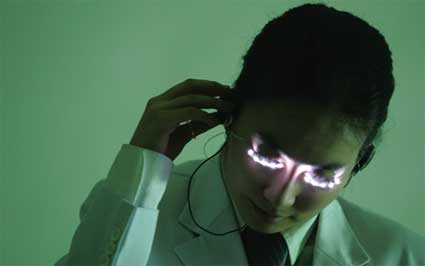
I was very satisfied with people’s reaction. People were actually having fun with my design product and my design intention was communicated to them. I was particularly happy about the fact that people were amused by the distortion of images with which they were obsessed. I want to be a media designer who makes enjoyable products. Media fashion design products like the Veil and the Eyelashes actually represent people’s deepest inner desire in a way the desire can be externalized through design in a less serious manner. The desire of wanting to have bigger eyes and to get plastic surgery targets to deform their original figures, and in my view, people are excessively obsessed with the deformation, to a degree that can be called fetishism. My interactive media and fashion design piece does not disfigure people’s appearance and is hopefully less damaging to the body, but it generates the similar effect. I’m hoping that people can see that the media fashion can be one of the solutions for this fetishism through the LED Eyelashes and the Digital Veil.
What kind of animation appears on the screen?


